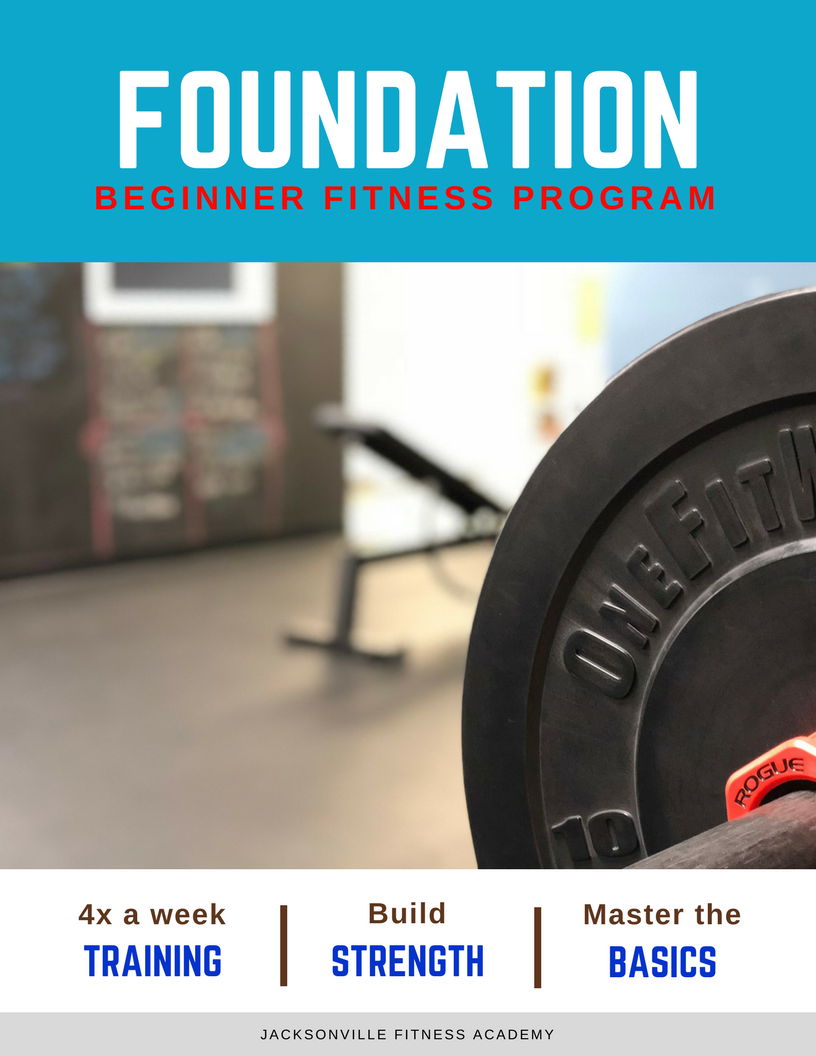How to Do Your first Pull Up
Pull ups are famously hard.
They're so challenging that every underdog sports movie has a montage of the main character's pull up development. At first they are an out of shape also ran who can't even do one pull up. Over the course of one 80s song they become a svelt, contender who can bang out upwards of 10 pull ups.
Sometimes in the Russian wilderness.
Most people train pull ups wrong. They think they are a purely strength exercise, so they load up a ton of weight on a lat pull down machine or try to cheat their way to a full pull up.
Pull ups are a skill. You need to train the movement and the mental recognition of the separate parts of the movement.
Yes, you need to be strong enough to pull yourself up to the bar, but you also need the physical skills to recognize what movements need to be completed in order to do that. To be honest, most people are strong enough to do a pull up after 3 months of training. They don't have the movement specific skills to execute a proper rep, or they freak out when they are hanging from a bar and have to overcome a mental hurdle.
Here are the only two exercises you need to progress yourself to a full pull up and to overcome the "sh*t I can't do this!" mental hurdle.
1. Band Assisted Pull Up
What it does: Allows you to practice a REAL pull up while taking some weight off your body.
How to set up: Attach the right band to a pull up bar, step up on a box and put one knee through the band. Step off the box and get ready to do a pull up.
Movement tips: With any pull up or chin up you should NOT be focusing on pulling your chest to the bar. You need to focus on pulling your elbows to your ribs. The lats are the main movers of the pull up, and they engage by pulling your elbows to your ribs. Focusing on chest to bar will overly involve your biceps, which isn't a bad thing, it will just lower the number of reps you can perform.
The lats are the broadest muscle in your body, they will develop to be stronger than your biceps so don't short yourself by cheating.
Benefits: This allows you to practice the movement of the pull up without having to support and move your entire body weight. This exercise is only effective if you progress (i.e lessen) the tension of the bands as you get stronger. Start by doing 5-10 reps with a heavy band until it's easy, then do 5-10 reps with a lighter band. After a few weeks you won't need the band at all and your form will be spot on.
2. Pull Up Hold with Slow Eccentric Decline
What it does: Builds lat strength through the eccentric (lowering) portion of the exercise. Allows you to hammer your lats without putting the strain of a pull up on your joints.
How to do it: Jump up to pull up bar, with your elbows pinned to your ribs. You start in the end position of a proper pull up. Hold at the top for 3 seconds, then lower yourself down at a tempo of 5 seconds.
Movement tips: Really, really, really focus on squeezing the lats at the top. Imagine you have an orange in your armpit and you have to squeeze it hard enough to make juice. That's how active your lats have to be.
Benefits: Build all the strength of a regular pull up without having to actually perform one. Do these a few times during every training session until you feel confident enough to try a proper pull up. It really won't take much time.
Pull ups are a mental game. If you think you're going to fail, and you tell yourself you're going to fail then guess what? You're going to fail.
By practicing the movement in a safer, more confidence inspiring way you can build the strength, skill and recognition to perform your first pull up in a few weeks.
Focus on strengthening the lats in safe ranges by using the two exercises above. Focus on teaching your body to recognize the squeeze of the lats by pulling your elbows to your ribs.
Just like anything else- practice makes perfect. In a few weeks you will be able to do a pull up.






